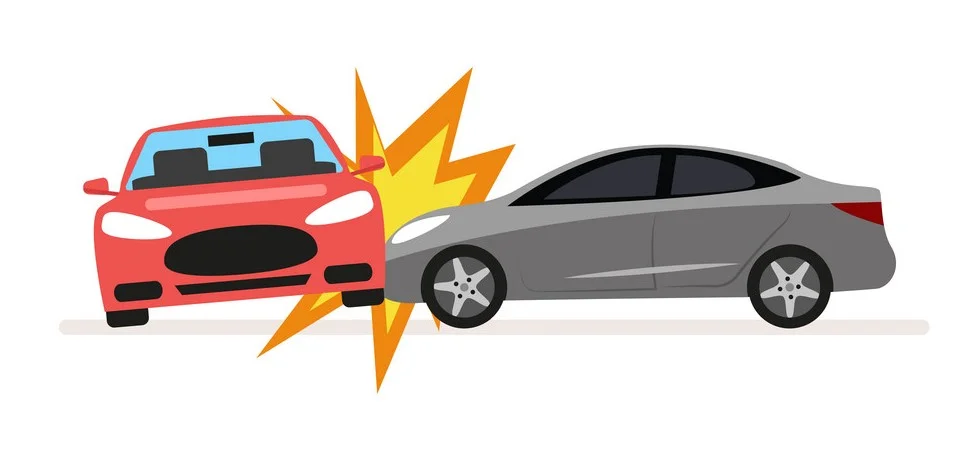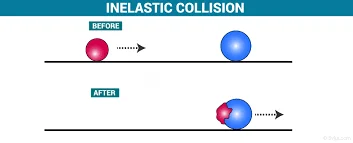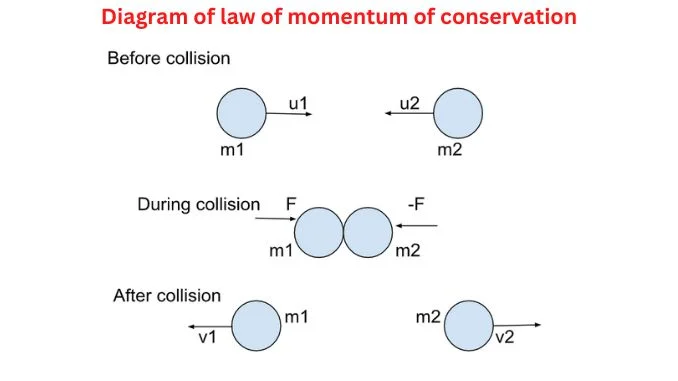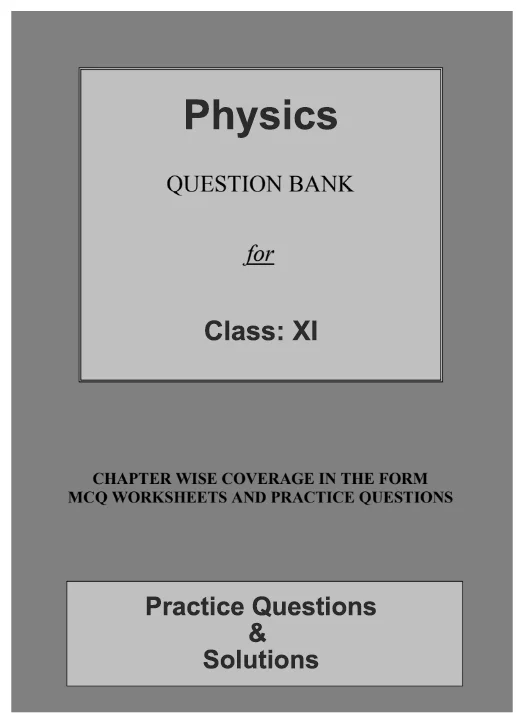Collisions, in the realm of physics, are dynamic events that play a fundamental role in understanding the behaviour of objects in motion. From the collision of subatomic particles to the intricacies of car crashes, the study of collisions encompasses a wide range of phenomena. In this exploration, we delve into the fascinating world of collisions, unravelling the key concepts, types of collisions, and the underlying principles that govern these impactful events.

What is a collision?
Collisions, in the realm of physics, refer to interactions between objects where there is a force exerted for a short period, leading to changes in the motion, shape, or energy of the involved objects. The study of collisions is crucial in understanding the dynamics of objects in motion and plays a significant role across various scientific disciplines, from classical mechanics to particle physics.

Types of collisions:
1. Elastic Collisions:
2. Inelastic Collisions:
3. Perfectly Inelastic Collisions:
-
Elastic Collisions:
In an elastic collision, both momentum and kinetic energy are conserved. This means that the total momentum and total kinetic energy of the system are the same before and after the collision.

Characteristics:
-
No net loss of kinetic energy occurs during the collision.
-
Objects rebound off each other without any deformation or generation of internal heat.
-
Commonly observed in idealised scenarios with billiard balls or gas molecules.
Mathematical Expression:
For a two-object elastic collision along a straight line, the conservation of momentum and kinetic energy can be expressed as follows:
Conservation of Momentum: m1u1+m2u2=m1v1+m2v2
-
Inelastic Collisions:
In an inelastic collision, momentum is conserved, but kinetic energy is not. Some of the initial kinetic energy is transformed into other forms, such as internal energy or deformation energy.

Characteristics:
-
Objects may stick together after the collision.
-
Typically involves deformation of objects or the generation of heat.
-
Real-world examples include car crashes or objects colliding and sticking together.
Mathematical Expression: For a two-object inelastic collision along a straight line, the conservation of momentum can be expressed as:
m1u1+m2u2=(m1+m2)vf
-
Perfectly Inelastic Collisions:
A perfectly inelastic collision is a special case of an inelastic collision where the colliding objects stick together after the collision.

Characteristics:
-
Objects merge and move as a single mass after the collision.
-
Maximum deformation and energy transfer occur.
-
Kinetic energy is not conserved.
Mathematical Expression:
For a two-object perfectly inelastic collision along a straight line, the conservation of momentum can be expressed as:
m1u1+m2u2=(m1+m2)vf

Conservation of Momentum
The conservation of momentum is a fundamental principle in physics that states that the total momentum of an isolated system remains constant if no external forces act on it. In simpler terms, the momentum before an event or interaction is the same as the momentum after the event, assuming no external forces are involved. This principle is based on Isaac Newton's third law of motion, which states that for every action, there is an equal and opposite reaction.

Understanding Momentum:
Momentum ( p) is a vector quantity that depends on an object's mass (m) and velocity (v). Mathematically, momentum is expressed as p=m⋅v.
2. Conservation of Momentum:
The law of conservation of momentum asserts that the total momentum of a closed system (where no external forces are present) remains constant.
Total Initial Momentum=Total Final Momentum
CBSE Class 11th Downloadable Resources:
| 1. CBSE Class 11th Topic Wise Summary | View Page / Download |
| 2. CBSE Class 11th NCERT Books | View Page / Download |
| 3. CBSE Class 11th NCERT Solutions | View Page / Download |
| 4. CBSE Class 11th Exemplar | View Page / Download |
| 5. CBSE Class 11th Previous Year Papers | View Page / Download |
| 6. CBSE Class 11th Sample Papers | View Page / Download |
| 7. CBSE Class 11th Question Bank | View Page / Download |
| 8. CBSE Class 11th Topic Wise Revision Notes | View Page / Download |
| 9. CBSE Class 11th Last Minutes Preparation Resources | View Page / Download |
| 10. CBSE Class 11th Best Reference Books | View Page / Download |
| 11. CBSE Class 11th Formula Booklet | View Page / Download |
Being in CBSE class 11th and considering the board examinations you must be needing resources to excel in your examinations. At TestprepKart we take great pride in providing CBSE class 11th all study resources in downloadable form for you to keep you going.
Below is the list of all CBSE class 11th Downloads available on TestprepKart for both Indian and NRI students preparing for CBSE class 11th in UAE, Oman, Qatar, Kuwait & Bahrain.
SAMPLE PRACTICE QUESTIONS OF SIGNIFICANT FIGURES:
Q1. What is a Collision in Physics?
-
Answer: In physics, a collision is an event in which two or more objects come in contact, exerting forces on each other for a short period, leading to changes in their motion, shape, or energy.
Q2. What Are the Types of Collisions?
-
Answer: There are three main types of collisions: elastic, inelastic, and perfectly inelastic. Elastic collisions conserve both momentum and kinetic energy, while inelastic collisions conserve momentum but not kinetic energy. Perfectly inelastic collisions involve objects sticking together after the collision.
Q3. How is Momentum Conserved in a Collision?
-
Answer: According to the law of conservation of momentum, the total momentum of an isolated system remains constant if no external forces act on it. In a collision, the total momentum before the event is equal to the total momentum after the event.
Q4. What is the Coefficient of Restitution?
-
Answer: The coefficient of restitution (e) is a measure of how much kinetic energy is conserved in a collision. It is the ratio of the relative velocity of separation to the relative velocity of approach.
Q5. How Do Elastic Collisions Differ from Inelastic Collisions?
-
Answer: In elastic collisions, both momentum and kinetic energy are conserved. In inelastic collisions, momentum is conserved, but kinetic energy is not conserved, as some energy is transformed into other forms.

| CBSE CLASS 11th |
| Class 11th CBSE PHYSICS CHAPTER'S |
| Chapter1: UNITS AND MEASUREMENTS |
| Chapter2: MOTION IN A STRAIGHT LINE |
| Chapter3: MOTION IN A PLANE |
| Chapter4: LAWS OF MOTION |
| Chapter5: WORK, ENERGY AND POWER |
| > Introduction |
| > Notions of work and kinetic energy: The work-energy theorem |
| > Work |
| > Kinetic energy |
| > Work done by a variable force |
| > The concept of potential energy |
| > The conservation of mechanical energy |
| > The potential energy of a spring |
| > Power |
| Chapter6: SYSTEM OF PARTICLES AND ROTATIONAL MOTION |
| Chapter7: GRAVITATION |
| Chapter8: MECHANICAL PROPERTIES OF SOLIDS |
| Chapter9: MECHANICAL PROPERTIES OF FLUIDS |
| Chapter10: THERMAL PROPERTIES OF MATTER |
| Chapter12: KINETIC THEORY |
| Chapter13: OSCILLATIONS |
| Chapter14: WAVES |
| Class 11th CBSE CHEMISTRY CHAPTER'S |
| Chapter1: SOME BASIC CONCEPTS OF CHEMISTRY |
| Chapter2: STRUCTURE OF ATOMS |
| Chapter3: CLASSIFICATION OF ELEMENTS AND PERIODICITY IN PROPERTIES |
| Chapter4: CHEMICAL BONDING AND MOLECULAR STRUCTURE |
| Chapter5: THERMODYNAMICS |
| Chapter6: EQUILIBRIUM |
| Chapter7: REDOX REACTIONS |
| Chapter8: ORGANIC CHEMISTRY – SOME BASIC PRINCIPLE AND TECHNIQUES |
| Chapter9: Hydrocarbons HYDROCARBONS |
| Class 11th CBSE MATHEMATICS CHAPTER'S |
| Chapter1: SETS |
| Chapter2: RELATIONS AND FUNCTIONS |
| Chapter3: TRIGONOMETRIC FUNCTIONS |
| Chapter4: COMPLEX NUMBER AND QUADRATIC EQUATIONS |
| Chapter5: LINEAR INEQUALITIES |
| Chapter6: PERMUTATIONS AND COMBINATIONS |
| Chapter7: BINOMIAL THEOREM |
| Chapter8: SEQUENCES AND SERIES |
| Chapter9:STRAIGHT LINES |
| Chapter10: CONIC SECTIONS |
| Chapter11: INTRODUCTION TO THREE-DIMENSIONAL GEOMETRY |
| Chapter12: LIMITS AND DERIVATIVES |
| Chapter13: STATISTICS |
| Chapter14: PROBABILITY |
Leave a Reply